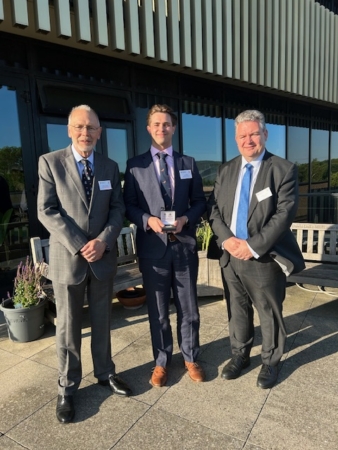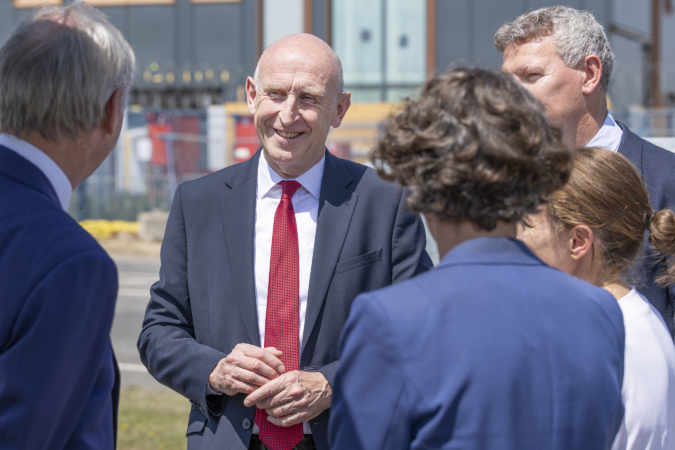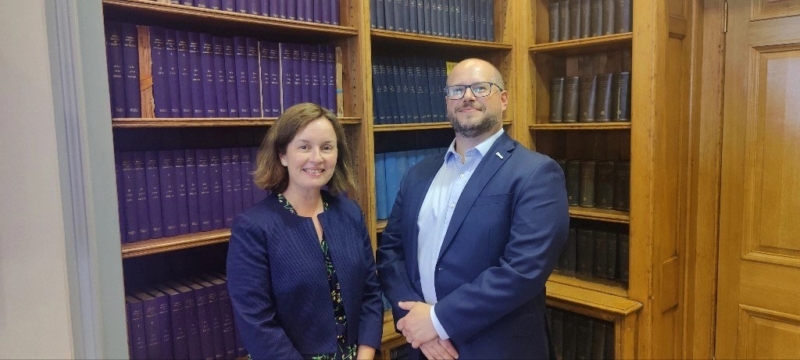National Ignition Facility achieves fusion ignition
AWE is delighted by the announcement that Lawrence Livermore National Laboratory (LLNL) in the US, one of our key partners, has achieved ignition in a fusion experiment on the National Ignition Facility (NIF). This is a historic achievement, long anticipated by the fusion community, and will be an important step towards clean energy in the future as well as a vital tool in certification without nuclear testing. At AWE we are particularly proud that we had a part to play in the early conceptual work in this field, albeit at a time when laser science was a very long way behind the state of the art evidenced by LLNL at the NIF today.
In the era before technologies such as high-powered lasers were capable of generating such conditions in the laboratory, testing of nuclear explosives provided a unique environment for high energy density physics. Scientists at the UK AWE (AWRE at the time) used the conditions created during nuclear tests to explore a variety of pure science questions and associated applications as part of the UK’s independent underground nuclear testing programme.
Starting in the mid-1970s AWE formulated and developed ideas to study potential laser inertial confinement fusion (ICF) concepts. The proposal was to use the conditions generated in British-led nuclear tests, undertaken at the Nevada test site, to confirm theoretical and computational studies and demonstrate them in practice. During the 1980s Prof. Peter Roberts and Prof. Steven Rose used conditions created in UK nuclear tests to explore and identify the energy scale required for the successful operation of ICF capsules independently of other workers in the US or elsewhere. This pioneering work, in parallel with similar work carried out by US scientists, underpinned the case for developing high powered laser facilities to develop laboratory based ICF schemes and drove the development of novel theoretical and computational tools that are the foundation of this field.
Under the auspices of the 1958 Mutual Defence Agreement this independent UK work enabled intimate collaboration on the Halite-Centurion programme, which was instrumental in supporting the development of US laser ICF programmes and culminated in the National Ignition Facility. It also spurred the development of advanced ICF concepts which were also explored at nuclear tests.
As long-term partners, we wholeheartedly applaud LLNL on their brilliant achievement, and look forward to being able to work with them on future programmes enabled by their fantastically successful demonstration of an ignited plasma.



